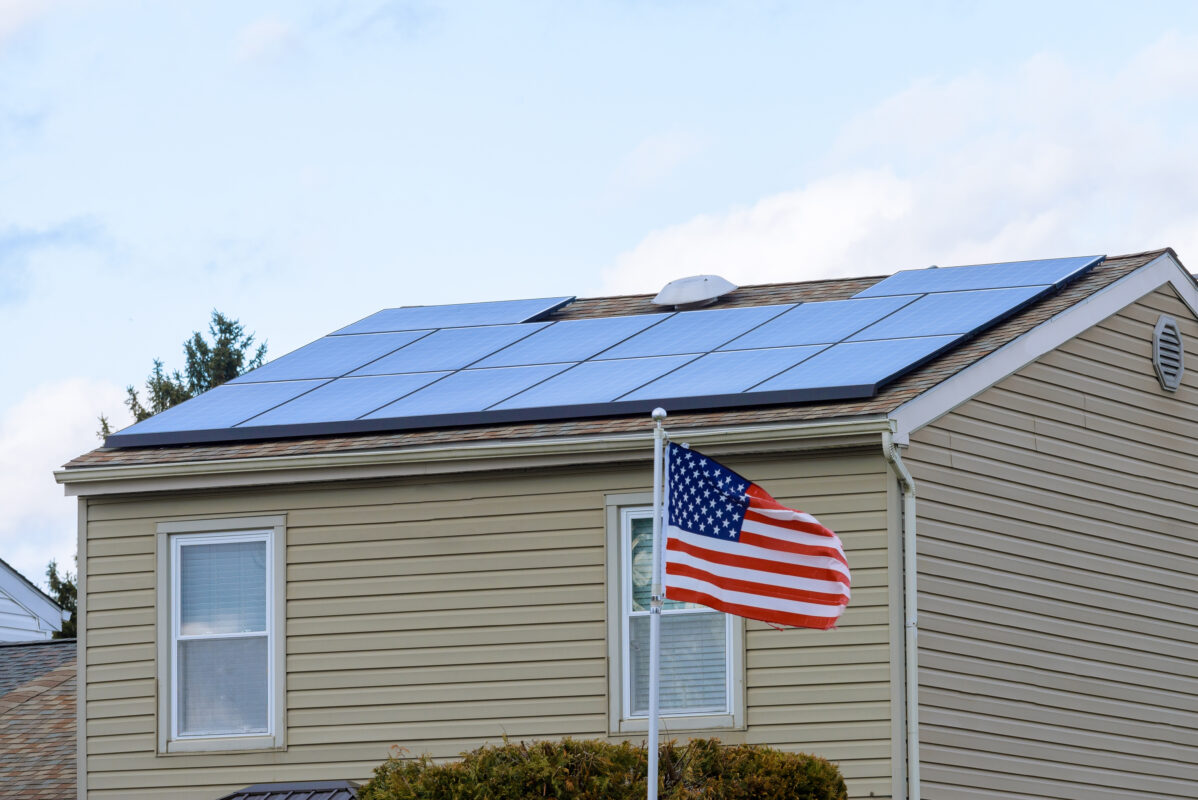

Federal Incentive
The Residential Clean Energy Credit is equal to 30% of the price of any new, eligible clean energy property installed at your home between 2022 and 2032. Since the credit is nonrefundable, the amount you actually receive from it cannot be greater than the tax you still owe. However, if you have an excess of unused credits, you can carry them forward and utilize them to lower your tax liability in subsequent years. Loan origination fees and interest payments are not included.
States that have Residential Clean Energy Credit
-
 No Upfront Costs
No Upfront Costs

SREC (Solar Renewable Energy Certificate)
Solar renewable energy certificates (SRECs) enable you to generate extra income from solar power. You can receive one SREC as a homeowner for every 1,000-kilowatt hour (kWh) of electricity that your solar energy system produces. SRECs were made possible by state laws called renewable portfolio standards (RPS), which mandate utilities to generate a certain proportion of their electricity from renewable sources. To comply with these requirements, utilities must purchase renewable energy certificates (RECs) from homeowners who are producing renewable energy.
States that have SREC
-
 New Jersey
New Jersey
-
 Connecticut
Connecticut
-
 Pennsylvania
Pennsylvania
-
 Maryland
Maryland
-
 District of Columbia
District of Columbia
-
 Delaware
Delaware
-
 Ohio
Ohio
-
 Illinois
Illinois
-
 North Carolina
North Carolina
-
 California
California



SMART (Solar Massachusetts Renewable Target)
This incentive plan, backed by the Massachusetts Department of Energy Resources (DOER), is expected to result in more than 3,000 megawatts of solar energy projects in Massachusetts. SMART has a falling compensation plan based on capacity blocks. Newer projects will receive a reduced incentive as each new block reaches its limit in terms of capacity. This means that the date of your SMART application has a direct impact on your rate.
Monthly Incentives
This incentive plan, backed by the Massachusetts Department of Energy Resources (DOER), is expected to result in more than 3,000 megawatts of solar energy projects in Massachusetts. SMART has a falling compensation plan based on capacity blocks. Newer projects will receive a reduced incentive as each new block reaches its limit in terms of capacity. This means that the date of your SMART application has a direct impact on your rate.
Example calculation
SMART Incentive Rate ($0.1132) x Solar Production for the Month (315 kWh) = $35.658 Total SMART Incentive Payment.
These numbers are constantly changing, this is strictly for educational purposes.
States that have SMART
-
 Massachusetts
Massachusetts